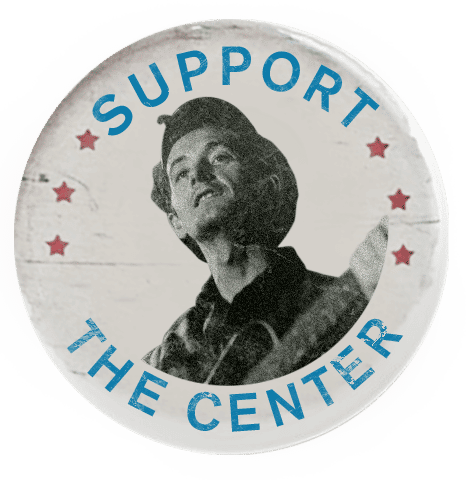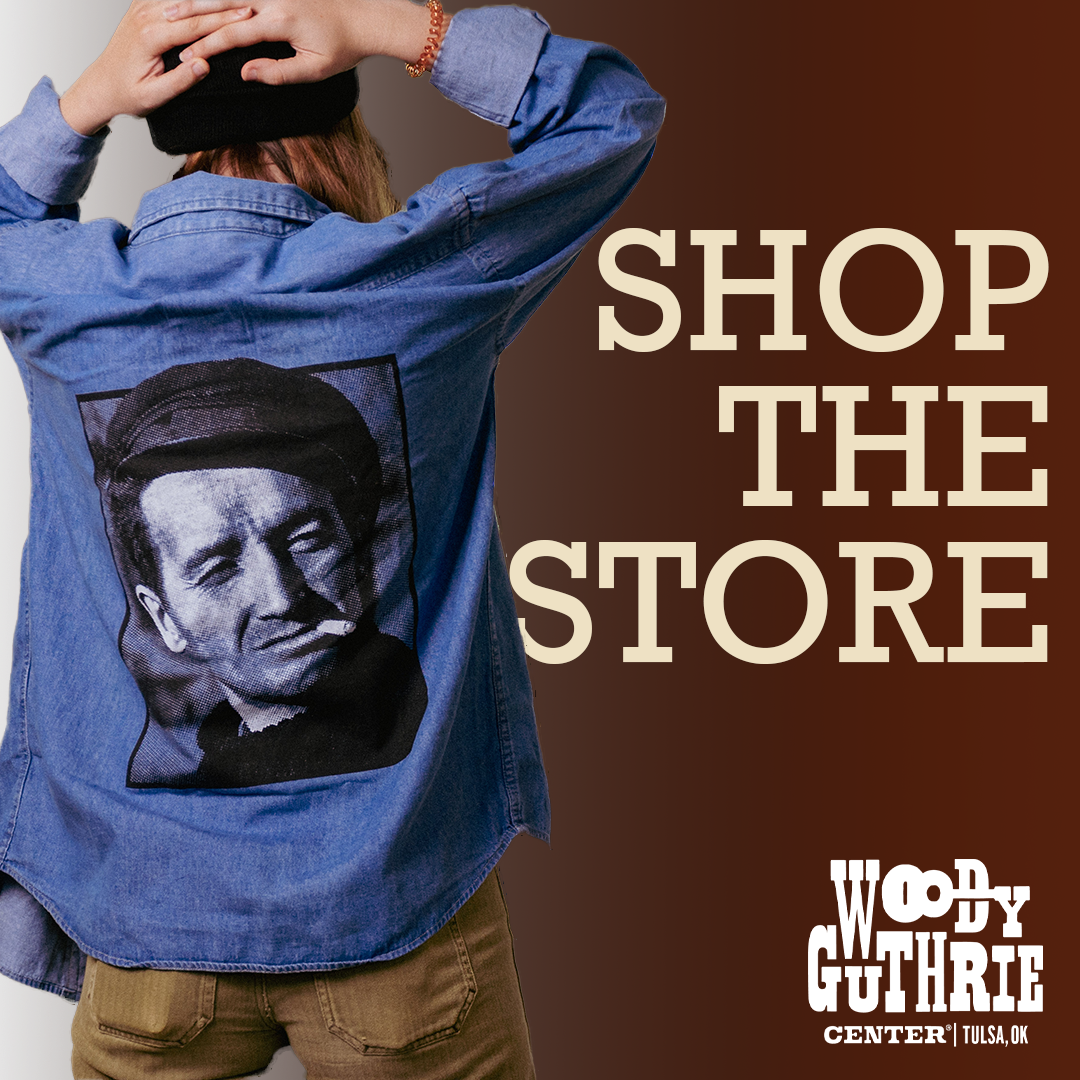This exhibit examines one of the great American music movements of the post-World War II era. From 1958, when the Kingston Trio’s version of the folk classic “Tom Dooley” hit No. 1 on the pop charts, to 1965, when Bob Dylan released his revolutionary hit single “Like a Rolling Stone” and then ushered in the folk-rock sound at the Newport Folk Festival, America experienced a folk music boom. Music historians eventually called it the Folk Revival period.
It had come along after the rise of rock-and-roll and before the high-water mark of The Beatles. Folk filled a need. Many American teens, now gone off to college, found that rock-and-roll had matured little. Folk music, with its timeless narratives and moral purpose, often proved more alluring. On many college campuses and in urban coffeehouses, the acoustic guitar replaced the electric guitar as the instrument of choice. Simple melodies and handcrafted lines pushed aside thumping backbeats and puppy love lyrics. Folk music became the new sound of young America.
The Folk Revival was inspired in part by the songs of Woody Guthrie, America’s folk music laureate, and initiated by the pop success of the Kingston Trio. It produced Bob Dylan; Joan Baez; Phil Ochs; and Peter, Paul and Mary. Folk’s attention to lyrical detail and narrative, and the creation of “message” songs, all helped to later give rock its conscience. When it was over, the Folk Revival had presented to America a vast treasury of new songs and a new chapter in its music tradition.



